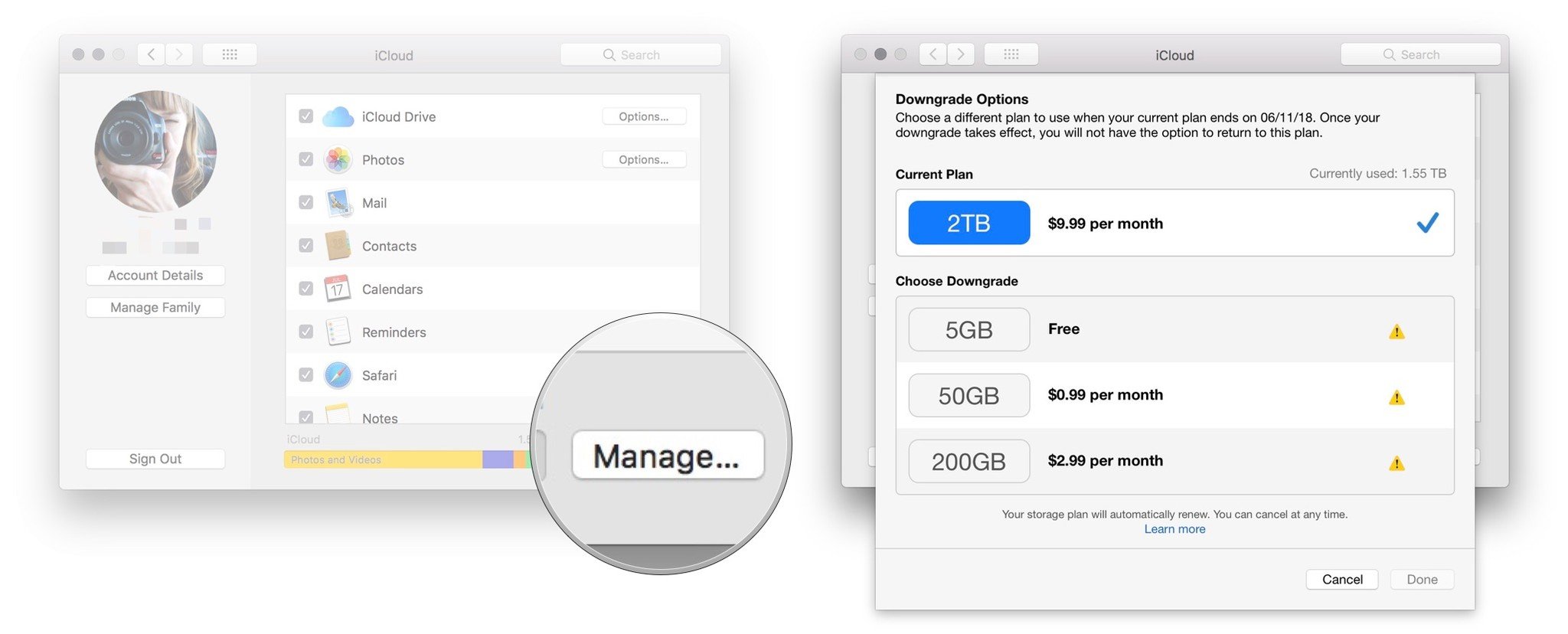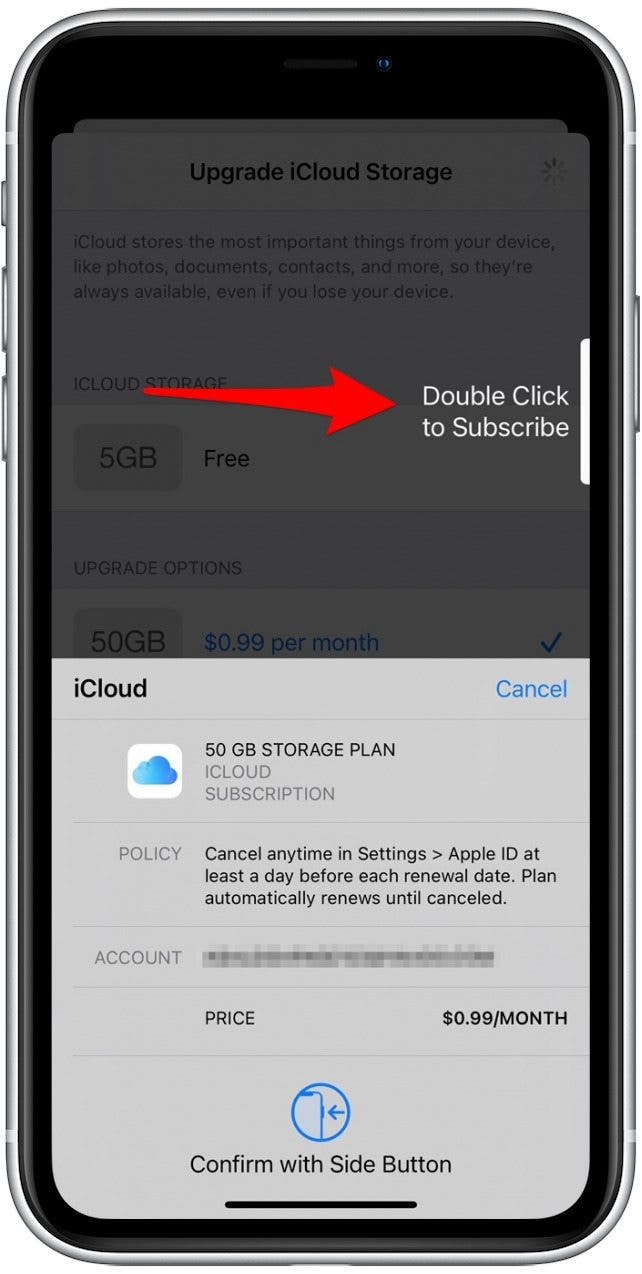
- #Icloud storage plans charged to icloud upgrade
- #Icloud storage plans charged to icloud password
- #Icloud storage plans charged to icloud windows
You can choose to downgrade if ever you find that the additional storage is no longer necessary.
#Icloud storage plans charged to icloud password
You'll need to have your Apple ID and password handy, so be sure that you have that information at the ready.Īll of Apple's iCloud storage plans are billed on a month-to-month basis.
#Icloud storage plans charged to icloud upgrade
Tap Choose Upgrade and follow the resulting instructions.

Once you've decided on the best plan for your needs, simply tap Buy More Storage or Change Storage Plan. Select your preferred plan from the above listed options, and get ready to pay.
#Icloud storage plans charged to icloud windows
Open iCloud for Windows and click Storage, then Change Storage Plan. You'll then be offered the same list of plans to choose from as above. Find Manage in the lower righthand corner, and click Change Storage Plan or Buy More Storage. On your MacĬlick on System Preferences, then iCloud. You can check out all available plans in your region and associated pricing here. You could also spring for the 200GB ($2.99/month) or 2TB ($9.99/month) plans, which also allow you to share that storage with your family. You'll then choose from a number of plans, which start at 50GB (10 times that of your initial allotment) for $0.99 a month. Tap Buy More Storage or Change Storage Plan. Tap Settings, find your name, then tap iCloud, and Manage Storage or iCloud Storage. If you find that you still need more space after ridding yourself of the unnecessary stuff crowding your life, Apple certainly has a few options for you.

Manage your iCloud backup so that it doesn't include unnecessary apps.There are several ways to do this, but here are a few suggestions: Rather, you can delete content that you don't need anymore, or compress data so that you have more storage readily available. If you find that you are indeed running low on iCloud space, that doesn't mean that you must automatically purchase more. Open the iCloud for Windows app to check out your storage. Go to System Preferences, then click iCloud, and Manage to check out your space constraints. Tap iCloud Storage or Manage Storage to see how much space you have left.įor those using 10.2 or earlier, tap Settings, then iCloud, then Storage to check out the same information.

On your iPhone, iPad, or iPod Touchįor those using iOS 10.3 or later, go to Settings, then your name, then iCloud. See how much iCloud storage you haveīefore you decide that you need to buy more storage, you may want to check to see how much of it you still have. Here's how you can get more iCloud storage: 1.
But, if you find that you're starting to run out of space, fret not. The good news is that everyone starts off with a fair bit of storage - 5GB to be exact (remember, this is in addition to whatever storage is local to your device). You also won't be able to send or receive emails with your iCloud email address. The same goes for iCloud Drive files, apps, and text messages. If you run out of iCloud space, it's not the end of the world, per se, but your device will no longer back up to iCloud, nor will photos and videos be synced across your devices. But, as you continue to add more and more files (through emails, photographs, messages, and more), your iCloud storage starts to get full. Your iCloud account is directly linked to your Apple ID, so once you've logged onto any Apple device with your ID, it's automatically connected to all your other devices. The Apple service provides a secure and synchronized storage place for your photos, videos, documents, music, apps, and more, and is the reason that an updated calendar invitation on your iPhone also updates on the iCal app on your Macbook. In order to help your iPhone (and all other Apple devices) store it all somewhere, Apple offers something known as iCloud storage. Not physical space, of course, but rather storage space in the cloud, a fancy buzz word for storage that's hosted remotely on servers.Īs it turns out, all of these photos and videos require quite a bit of storage. Now that your iPhone has become your camera, your document storage hub, your primary source of all communication, and generally the home of everything important in your life, you may want to give it some space. By clicking ‘Sign up’, you agree to receive marketing emails from InsiderĪs well as other partner offers and accept our


 0 kommentar(er)
0 kommentar(er)
